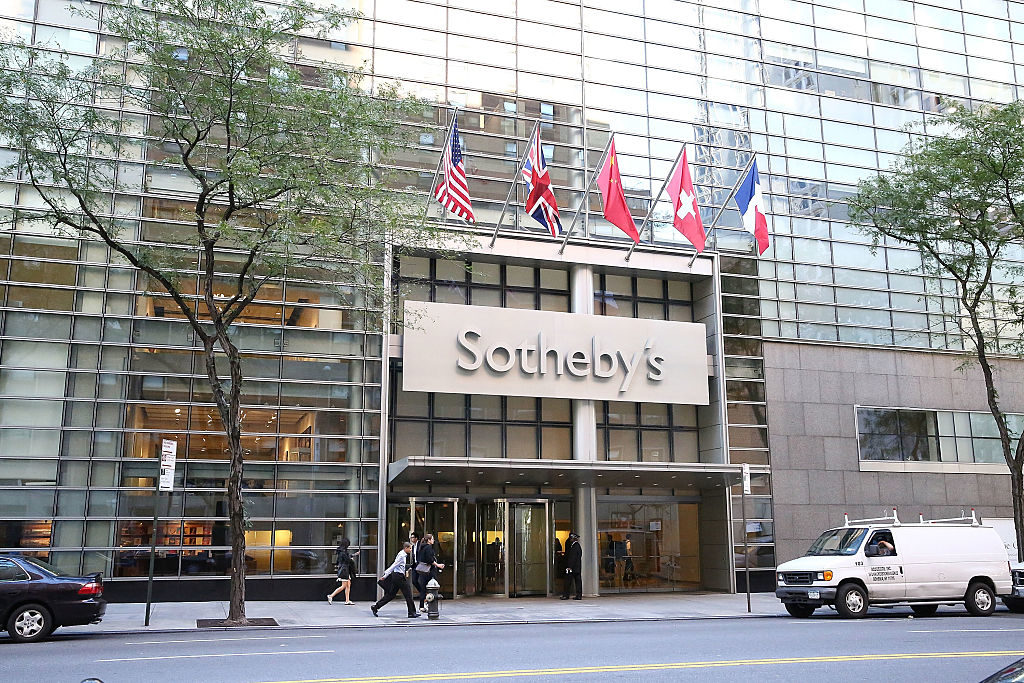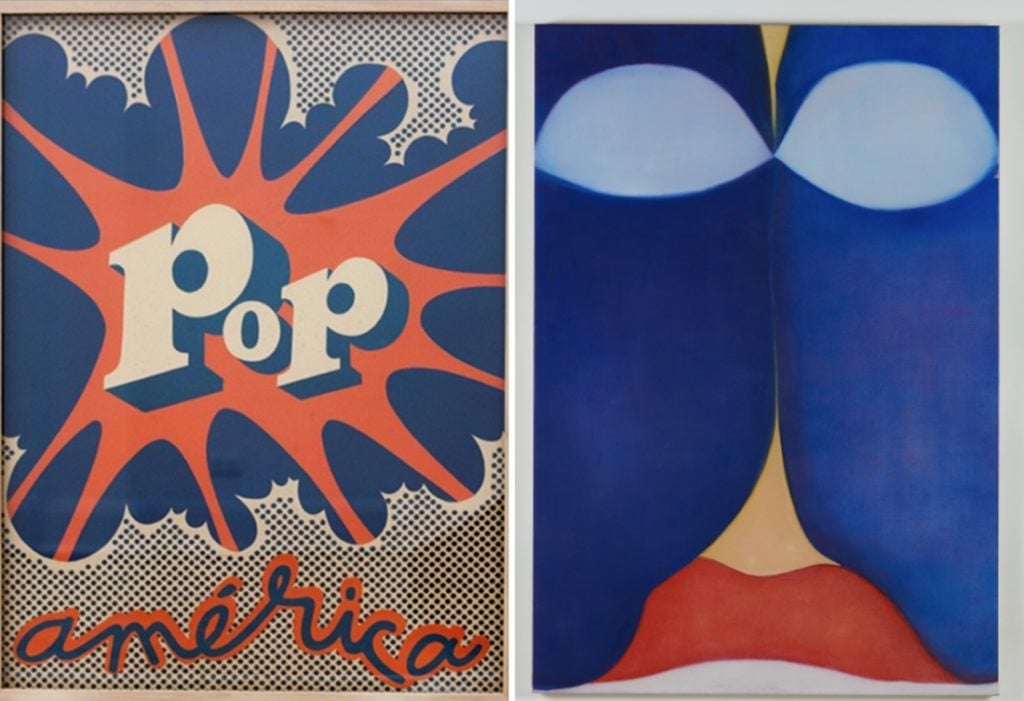Art & Exhibitions
Sotheby’s Gives Its First-Ever Prize Recognizing Curatorial Ambition to the Nasher and MCA Chicago
Jurors couldn't decide on one winner—so they split the award in two.

Jurors couldn't decide on one winner—so they split the award in two.

Julia Halperin

The MCA Chicago and the Nasher Museum of Art at Duke University in North Carolina are the inaugural winners of the Sotheby’s Prize, a new $250,000 grant from the auction house for exhibitions that break new art-historical ground.
Unable to choose just one winner from the 92 applicants, the all-star jury selected two: an exhibition that explores Latino and Latin American artists’ contribution to Pop art (“Pop América, 1965-1975” at the Nasher) and an exhibition that outlines the ties between contemporary artists in the Middle East and South Asia (“Many Tongues: Art, Language, and Revolution in the Middle East and South Asia” at the MCA Chicago). Each show will receive $125,000.
These kinds of thematic exhibitions are “expensive, they take longer to organize, and they are hard to fund,” says Allan Schwartzman, the chairman of the fine art division at Sotheby’s, who chaired the jury. “And therefore, we’re seeing fewer of them.”
The winners were selected from a total of 92 applicants from institutions in 15 countries by a jury that is intimately familiar with what it takes to mount a rigorous show. The committee included Nicholas Serota, the former director of the Tate; Connie Butler, the chief curator of the Hammer Museum; Okwui Enwezor, the director of the Haus der Kunst museum; and Donna de Salvo, the senior curator of the Whitney Museum of American Art. They met over two days earlier this month and engaged in sometimes heated debate to determine the winners.
“One of the central tenets of the prize is that we’re funding an exhibition that wouldn’t happen otherwise,” Schwartzman tells artnet News. The Nasher’s exhibition, organized by Duke professor Esther Gabara and due to open in 2019, presents work by artists from the US and Latin America—including Judith Baca, Luis Cruz Azaceta, and Roy Lichtenstein—who used Pop art to political ends.
The MCA Chicago presentation, scheduled for 2019 and curated by Omar Kholeif, brings together more than 200 works from 1947 to the present by artists including Marwan, Saloua Raouda Choucair, and Yto Barrada.

(L): Hugo Rivera Scott’s Pop América (1968). Courtesy of the Nasher Museum of Art and Sotheby’s. (R): Huguette Caland’s Self Portrait (Bribes de Corps) (1973). Courtesy of the Museum of Contemporary Art Chicago and Sotheby’s.
The jury also gave three additional exhibitions, scheduled to open next year, an award of $10,000 each. The Institute of Contemporary Art at the University of Pennsylvania will mount the first American retrospective in more than 35 years of the American artist Ree Morton. The little-known Cummer Museum of Art in Jacksonville, Florida, will present a retrospective of Augusta Savage, who mentored many of the stars of the Harlem Renaissance. The Crystal Bridges Museum in Arkansas received the final commendation for its exhibition “Native North America,” billed as “the first ever survey of Native American artists of the 20th century.”
The prize comes amid a wave of interest in re-evaluating the established narrative of 20th century art and looking beyond the European and American white men who fill most art history textbooks. “There is so much we don’t know,” Donna de Salvo says. Examining the applications assembled by dozens of curators left her “very reassured about the state of the profession.”
Nevertheless, jurors note that outside of well-funded initiatives like Pacific Standard Time, the odds are stacked against museums that wish to explore new art-historical terrain. Such shows require pricey travel and research because books on their subjects simply haven’t been written yet.
“I’ve done projects where you’re going into somebody’s closet and pulling things out,” de Salvo says. “You aren’t going into a database or a catalogue. You don’t have the normal resources.” These kinds of exhibitions are also more difficult to market to the public because they lack a recognizable personality or compelling individual narrative.
Sometimes, museums have no other option than to shelve their ambitious initiatives in favor of shows they know they can fund with support from private individuals and commercial galleries. De Salvo says: “We don’t know how many projects never make it to the public because there isn’t someone behind them.”
Next year, she adds, “I imagine we will get a lot more proposals.”